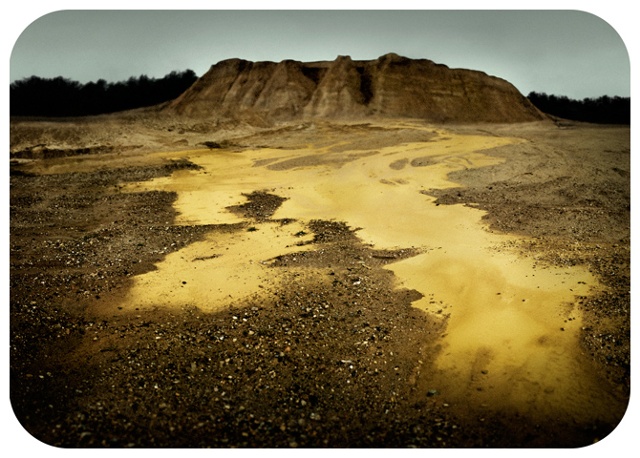
The enclosed work explores the relationship between photographically rendered space and its felt presence. Central to this investigation is the study of visual language--i.e., the syntax and semantics that distinguish and differentiate representational images from the world which they inhabit, and the historic role visual media have played in shaping this relationship. These images exploit the ability of optically rendered images to reveal a world that is familiar and foreign, real and synthetic, concrete and imaginary, here and elsewhere, always now and forever past, simultaneously. They address the ambivalence we, as viewers, feel while negotiating photographic images--unsure of them as representations, oscillating between belief and disbelief, between what is perceived as “real” and imaginary. They present environments that are intended to be visually inhabited--much like sets. The absence felt within each isolates the viewer while simultaneously provoking them to imagine the space, beyond what is seen immediately. In relation, the viewer is placed at a threshold. The images themselves, through the use of cinematic devices, motion backward and forward, but reveal nothing of what exists beyond the visible field.





